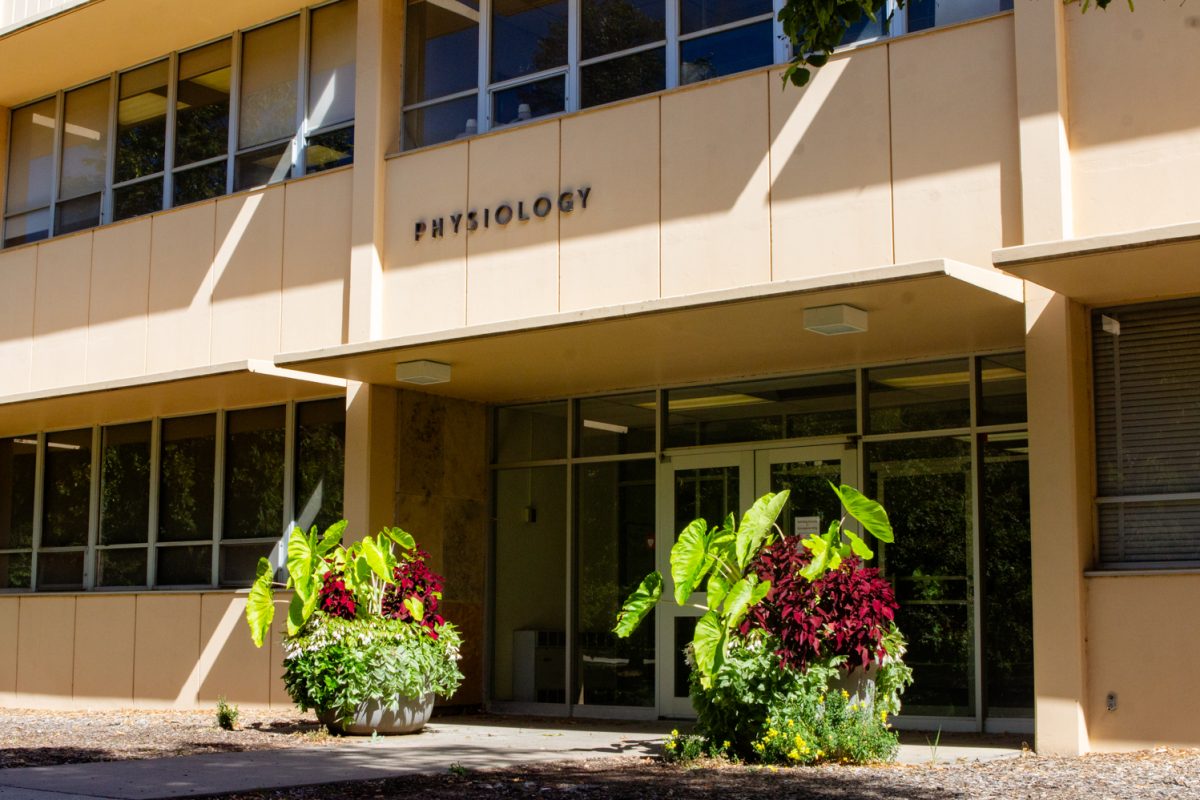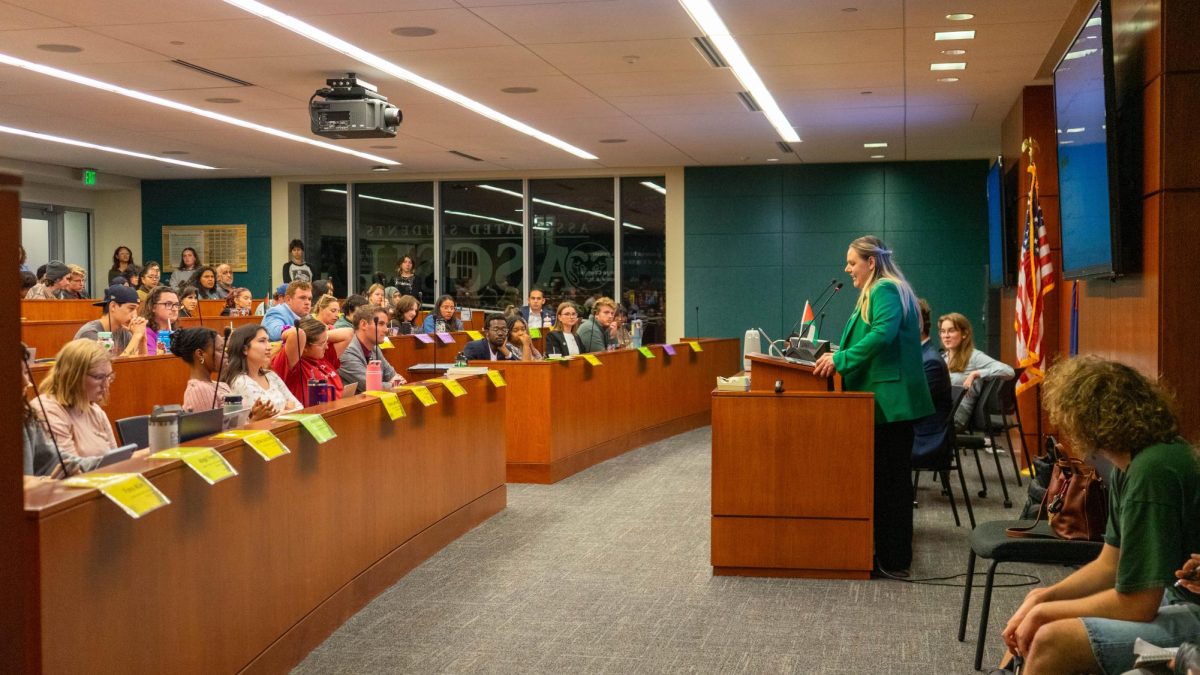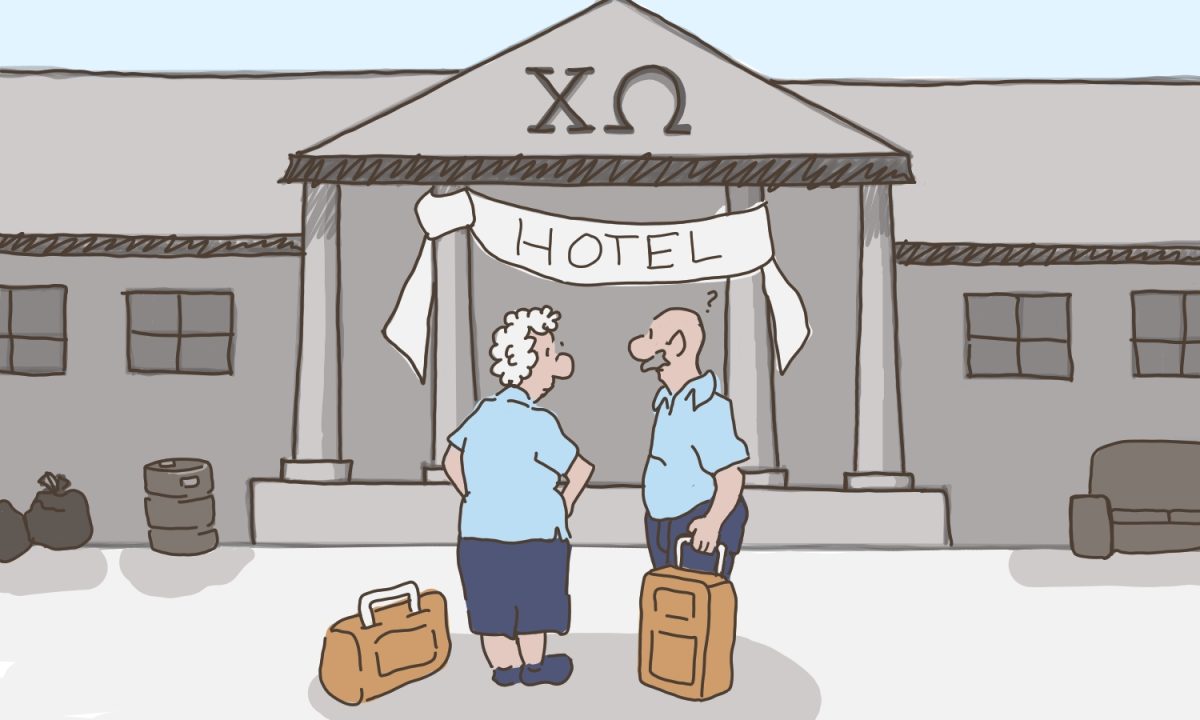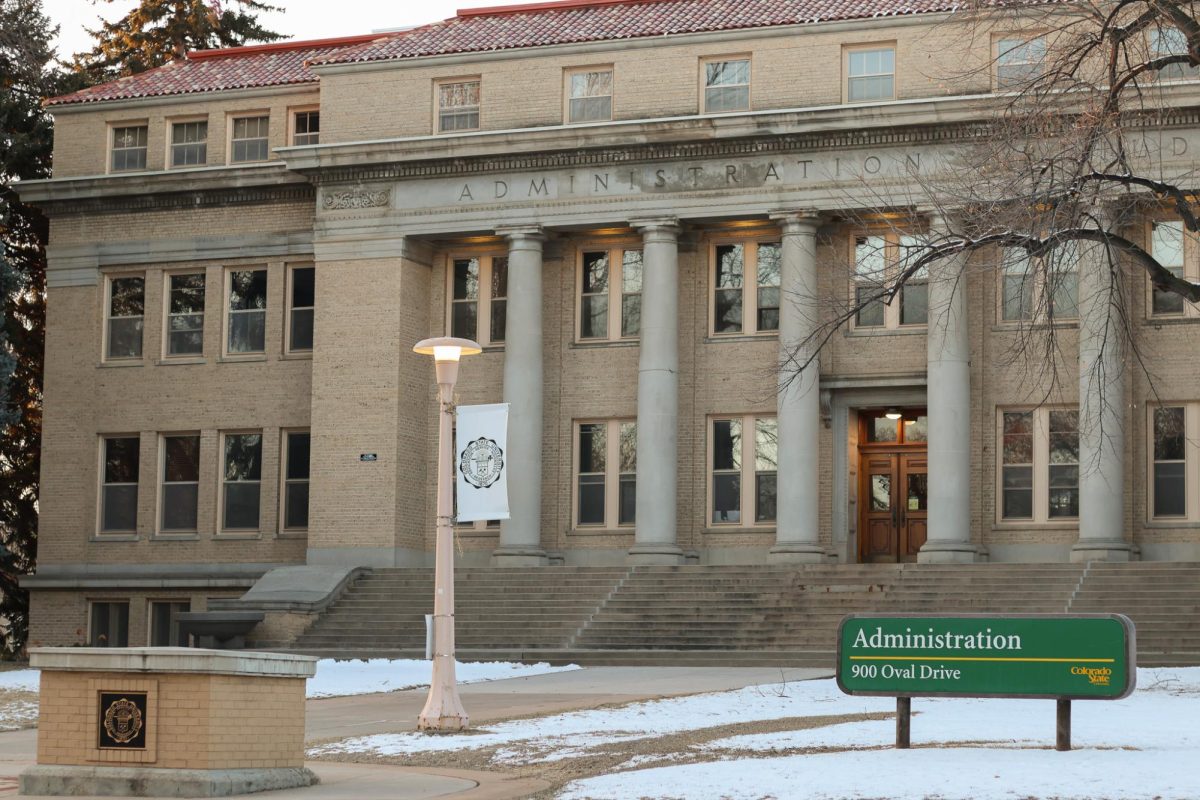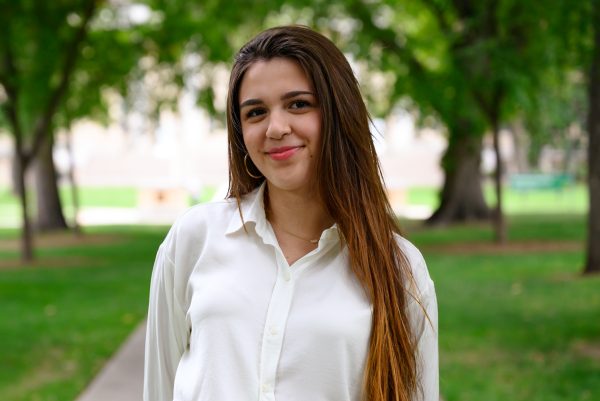In mid-May of the 2023-24 academic year, students and staff began to report symptoms such as blurry vision, eye pain and headaches. After continually reported symptoms, the ultimate cause was found in the Physiology building.
Following this discovery, building entrance was limited to faculty and students with valid keycards in an attempt to limit the opportunity for theft, on account of decreased staff presence in the building. Colorado State University hired third-party companies Gallagher Bassett and Chemistry & Industrial Hygiene, Inc., which test for mold and other hazards.
Since The Collegian’s original article Sept. 24, there has been little word to the public regarding the building except for a piece of paper taped on the door that reads, “Building Access for Occupants Only,” and contact information for affected students and faculty.
CSU staff received an email Oct. 2 from Executive Associate Dean and Professor Dr. Colin Clay and Dean for the College of Veterinary Medicine and Biomedical Sciences Dr. Susan VandeWoude providing an update regarding the contamination of boxes tested.
According to the email, common particle analysis identified mold spores, fiberglass and insect fragments. All sampled boxes contained surface fungal spores.
“Fungal spore counts were ultimately low, but several spore types were identified that are not often found indoors — Pithomyces — or are an indication of water intrusion — Stachybotrys,” the email reads.
Pithomyces is a fungus that does not pose a significant threat to humans. It is considered a nontoxigenic mold in North America. Stachybotrys, more commonly known as black mold, can lead to neurological problems, skin issues, immune problems and, in extreme cases, death. Symptoms of Stachybotrys exposure include weakness in movement, numbness, headaches and vision problems.
Although several people reported symptoms, fewer than 20 filed claims for workers’ compensation, and only five chose to pursue care, said Nik Olsen, CSU crisis communication director and public information officer.
Employees still interested in the claim process can file a claim if they want medical care through workers’ compensation, especially if they feel their health concern is related to their work in the building.
Based on the findings listed in the email, it was decided that the Environmental Health Building will remain open to faculty, staff and students. When the email was originally sent, Clay and VandeWoude predicted that the third-party final report would be ready within a few weeks.
Several staff members who were contacted regarding involvement, information and knowledge provided no comment and deferred to University Marketing and Communications.
The following statement was provided to The Collegian by the university:
“This fall, CSU performed dozens of environmental tests and brought in a third-party vendor who performed an additional set of samples in the Physiology Building. In both situations, expert faculty in the department were consulted, and their ideas were utilized in the evaluation of the building. While the test results did not identify findings outside of normal range or that were consistent with reported symptoms, CSU — at the recommendation of the Colorado Department of Public Health (and Environment) — proceeded with roof repairs, updated the HVAC system, replaced air filters and ceiling tiles and cleaned labs.”
Despite the university’s response, uncertainty remains among those affected by the initial health concerns. Although CSU has taken measures to improve the building’s infrastructure and air quality, there are few answers about the long-term impact on the health of staff and students who reported symptoms.
As the Physiology Building remains largely closed to the public and no official report has been released, many are left waiting for answers and a concrete acknowledgment from the university.
Reach Sophie Webb at news@collegian.com or on Twitter @sophgwebb.



